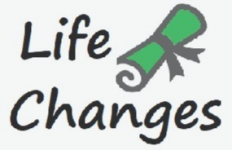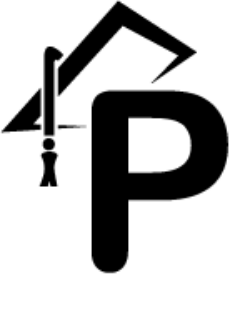 Welcome PACE 2024 Participants!!
Welcome PACE 2024 Participants!!
Available courses
Algebra I
COURSE SYLLABUS
Facilitator: Dr. Carl White
Email Address: carl.white@comcast.net
Online Hours: Mon-Thur 5-7 PM
Main Digital Content: This course is optimized around the digital content ALEKS
Technology and Software Requirements:
All that is needed is a solid, reliable internet connection and a modern web browser to logon to LC Moodle Course Content Integration Portal (CCIP)
A computer with a MINIMUM 8GB of RAM or more is preferred), NVIDA or AMD/ATI GPUs, and a Windows 7,8, or 10 operating system will facilitate a productive experience in the Virtual Learning Environment OpenSimulator
For more information, go to https://lifechanges.solutions and click on OpenSimulator
Type of Course: Online Self-Paced Course
Overview
XR_Alg1 is an online course designed to provide opportunities for students to develop and communicate an understanding of algebraic concepts, as a prerequisite to all higher mathematics courses and, to provide optional VR services to the students. These services will allow the students access to additional education support tools that include math games, real time simulations, workshops, seminars, small group discussions with STEM professionals, course facilitators, mentoring, tutoring, and peer support groups.
One hour of self-paced work, 1-hour of optional VR services. Topics to be cover include Arithmetic Readiness ( 65 topics), Real Numbers (71 topics), Linear Equations ( 52 topics), Linear Inequalities (29 topics), Functions and Lines (114 topics), Linear Systems ( 24 topics), Exponents and Exponential Functions ( 60 topics), Polynomials and Factoring (25 topics), Quadratic Functions and Equations (32 topics), Data Analysis and Probability (22 topics). The optional VR services for this course will consist of a course facilitator, tutor, and a seminar speaker series.
Minimum Suggested Effort: 2 hr/day @ 4 days/week
Length of time to complete the course 13 weeks
Prerequisites: Pass 8th grade mathematics
Incoming Competencies
From Middle School:
Student should be familiar with basic concepts of 8th grade Math
- Real numbers
- Algebraic Expressions
- Two-Dimensional Coordinate system and Graphs
- Intervals, Inequalities, and Absolute Value
- Graph of Functions
Evaluation of Incoming Competencies
Students will log into ALEKS and take an Initial assessment
This assessment will be used to validate the students’ initial math level.
Initial Knowledge Check 95% of the course student can take CK exam
Initial Knowledge Check 70% of the course student is at Alg1 level
Initial Knowledge Check 40% of the course student is AlgI ready (Student can start Alg1)
Initial Knowledge Check 30% and below of the course student is (Not Alg1 ready) and is at math level 8.
Objectives
- To provide students with the opportunities to learn the basic concepts of Algebra I and how to apply these concepts. (Learning concepts, theories, terms, and facts about the subject.)
- To provide students with the opportunity to develop problem-solving skills
- To provide students with the opportunity to practice design, conduct and analyze experiments in order to understand Algebra I concepts.
- To provide students with opportunities to learn and practice how to work on teams in order to solve basic Algebra I problems
- To improve students oral and writing skills
- To improve mathematical skills
- To improve students’ ability to follow directions, instructions, and plans
- To improve students’ ability to organize and use time effectively
- To provide students with the opportunity to develop a commitment of personal achievement
- To improve students’ self-esteem/self-confidence
- To provide students with the opportunity to develop capacity to think critically
Learning Outcomes:
- Students will analyze mathematical expressions and their meanings in context by: identifying terms, coefficients, factors, variables, combining like terms, evaluating expressions, and the distributive property.
- Students will set up and solve multi-step equations and inequalities including analytically and in words
- Students will analyze linear functions in words, graphically, analytically (algebraically) and numerically.
- Students will set up and solve linear systems of equations graphically, numerically, analytically and in words
- Students will set up and solve, graphically, numerically, analytically, and in word, system of linear inequalities including linear programming applications
- Students will analyze data graphically and by using measures of center, spread and shape.
- Students will analyze polynomials by naming, adding, subtracting, and multiplying
- Students will analyze exponential functions, numerically, analytically, and in words
Grading Policy
To Pass this course you must complete the following:
-
Complete 95% of the course and take Comprehensive Knowledge check (CK) exam
- Pass the (CK) comprehensive exam and score 95 points or above (unlimited times)
Any completion of the course less than 95% indicate knowledge level obtain by the student. (The following completion levels are considered not passing the course)
-
Complete 70% of the course student is at Alg1 level
-
Complete 40% but less than 70% of the course student is AlgI ready (Student can start Alg1)
-
Complete 30% but less than 40% of the course student is 8th Math level (Not Alg1 ready)
- Complete less than 30% of the course student is below 8th Math level (Should not be in this course)
- Students will be required to use mathematical tools such as a graphing calculator to aid them in the solving Algebra I problems.
Assessment Methods
- The facilitator assesses student preparations and competency in the objective categories.
- The facilitator will interactively query the students and will provide feedback validating their understanding of the basic fundamental principles.
- Professor will conduct competency-based peer reviews to provide the student and the team with feedback concerning specific team skills such as participation, leadership, creativity, and cooperation.
- Teacher: Dr. White
C# (C-Sharp) is a programming language developed by Microsoft that runs on the .NET Framework.
C# is used to develop web apps, desktop apps, mobile apps, games and much more.
C# (pronounced C sharp)[b] is a general-purpose high-level programming language supporting multiple paradigms. C# encompasses static typing,[16]: 4 strong typing, lexically scoped, imperative, declarative, functional, generic,[16]: 22 object-oriented (class-based), and component-oriented programming disciplines.[17]
The C# programming language was designed by Anders Hejlsberg from Microsoft in 2000 and was later approved as an international standard by Ecma (ECMA-334) in 2002 and ISO/IEC (ISO/IEC 23270) in 2003. Microsoft introduced C# along with .NET Framework and Visual Studio, both of which were closed-source. At the time, Microsoft had no open-source products. Four years later, in 2004, a free and open-source project called Mono began, providing a cross-platform compiler and runtime environment for the C# programming language. A decade later, Microsoft released Visual Studio Code (code editor), Roslyn (compiler), and the unified .NET platform (software framework), all of which support C# and are free, open-source, and cross-platform. Mono also joined Microsoft but was not merged into .NET.
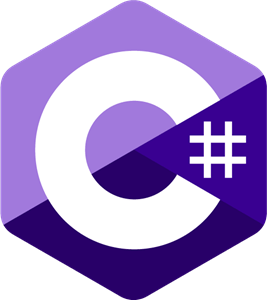
- Teacher: Dr. Bayne
Course Syllabus
Overview
PACE_LC_Computer is a course designed to help students learn LSL. The course utilizes (pics, web links,... etc) and provides students with the technical skills to create, maintain, and deploy interactive objects in a 3D virtual world. The course will address how LSL can be used to make learning more interactive and engaging through virtual world-based lessons and activities.
Technology and Software Requirements
- A Windows desktop computer or laptop with an internet connection
Learning Objectives
By the end of this course, students will be able to:

- Teacher: Ryson Vessels
- Teacher: Dr. White
Course Description:
This online ALEKS course is designed to provide students with a personalized and adaptive learning experience in various subject areas. ALEKS is an artificial intelligence-based learning system that assesses your knowledge and tailors the course material to your specific needs. The course offers instruction and practice in topics such as mathematics. The goal is to help you master the subject matter through targeted learning modules and regular assessments.
Learning Objectives:
By the end of this course, students will be able to:
- Assess their current knowledge in the selected subject area.
- Identify and address gaps in understanding through personalized learning modules.
- Engage in interactive practice exercises to reinforce learning.
- Monitor progress and track improvement over time.
- Demonstrate proficiency in the subject matter based on individual goals and benchmarks.
Course Materials:
- ALEKS online platform access (provided by the institution).
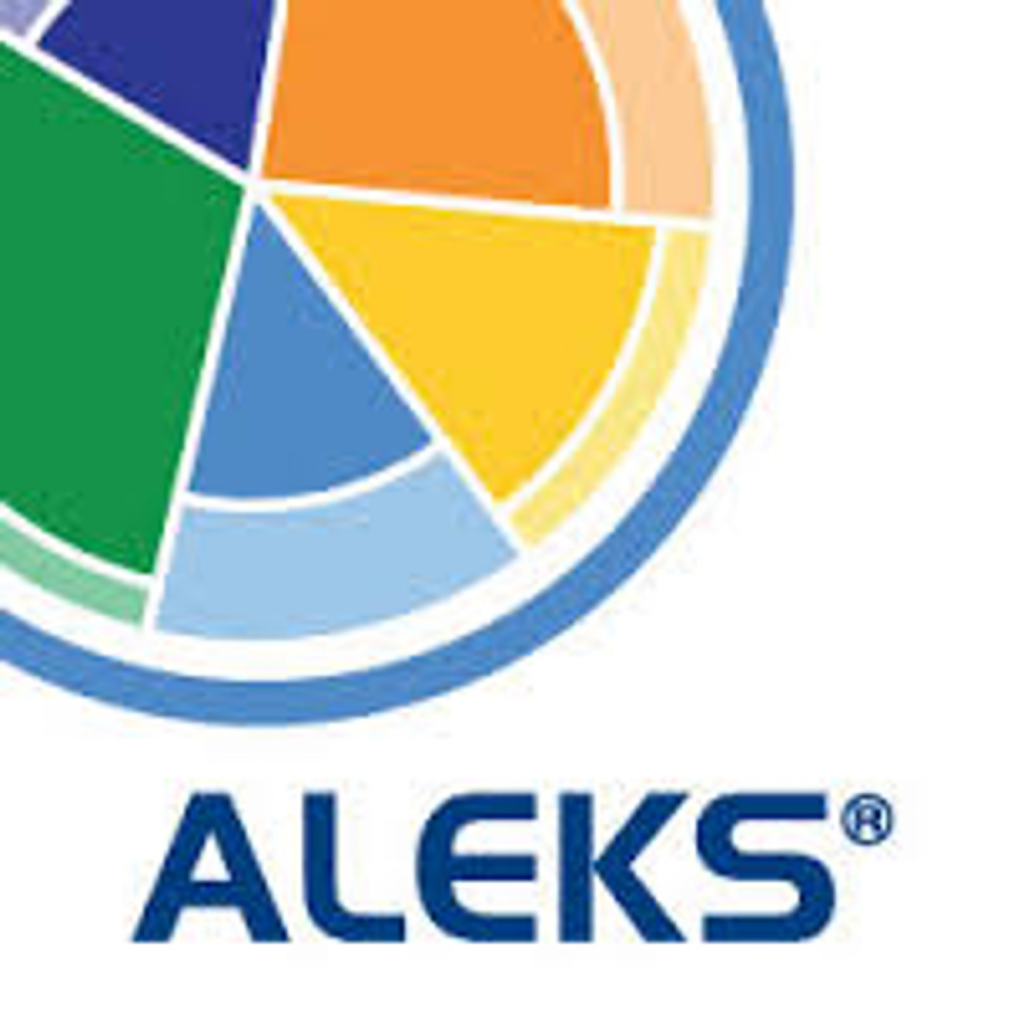
- Teacher: Shaun Phillips
- Teacher: Dr. White
Course Description:
This online physics course provides an introduction to the fundamental concepts and principles of physics. Through a combination of theoretical explanations, problem-solving exercises, students will develop an understanding of key topics in mechanics, waves, electricity, and magnetism. The course aims to enhance critical thinking skills and promote a deep comprehension of the physical world.
Learning Objectives:
- By the end of this course, students will be able to:
- Understand and apply the fundamental laws and principles of physics.
- Solve physics problems using appropriate mathematical techniques.
- Analyze and interpret scientific data to draw conclusions.
- Demonstrate practical knowledge of physics through experiments and simulations.
- Communicate scientific concepts effectively through written and verbal means.
Course Materials:
- Additional reading materials, online resources, and multimedia tools will be provided within the course platform.
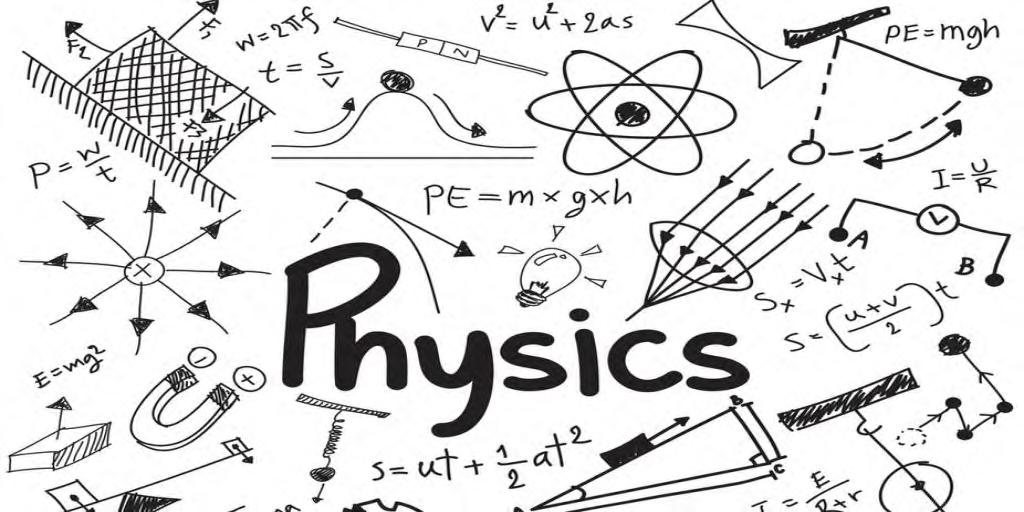
- Teacher: Shaun Phillips
- Teacher: Ryson Vessels
- Teacher: Dr. White
Course Description:
This online chemistry course provides a comprehensive introduction to the principles and concepts of chemistry. Through interactive lessons, and problem-solving exercises, students will develop a solid foundation in areas such as atomic structure, chemical bonding, stoichiometry, and reactions. The course aims to foster critical thinking skills, scientific inquiry, and an appreciation for the role of chemistry in everyday life.
Learning Objectives:
By the end of this course, students will be able to:
- Understand and apply fundamental concepts of chemistry.
- Solve chemical problems using appropriate mathematical techniques.
- Analyze and interpret experimental data.
- Communicate scientific concepts effectively through written and verbal means.
Course Materials:
- Online resources, including simulations, virtual laboratories, and supplementary readings, will be provided within the course platform.
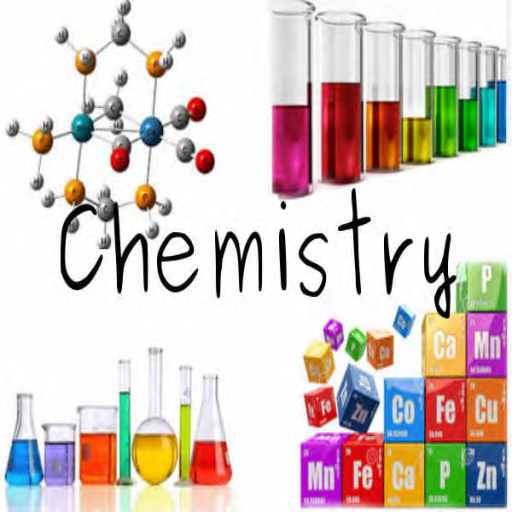
- Teacher: Shaun Phillips
- Teacher: Dr. White
Course Description: Includes Ohm’s and Kirchhoff’s Laws; analysis techniques including Nodal, Loop, Thevenin’s and Norton theorems, V-I Laws of RLC elements, phasor concepts, two-port, and magnetically coupled networks.
